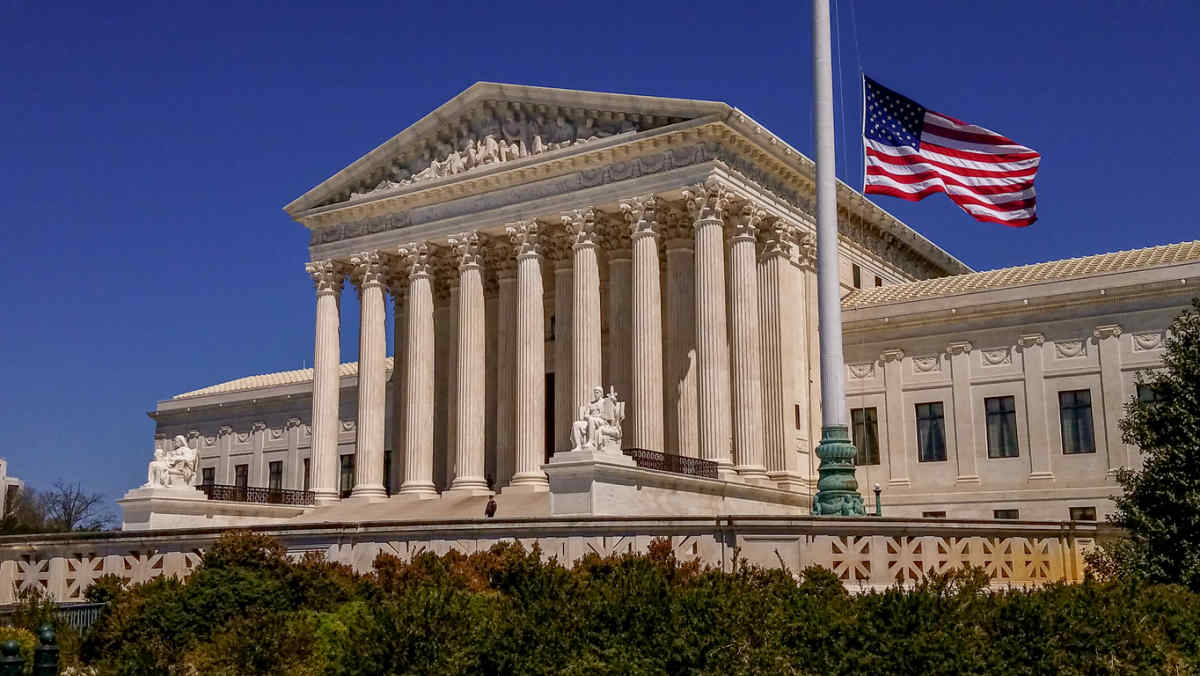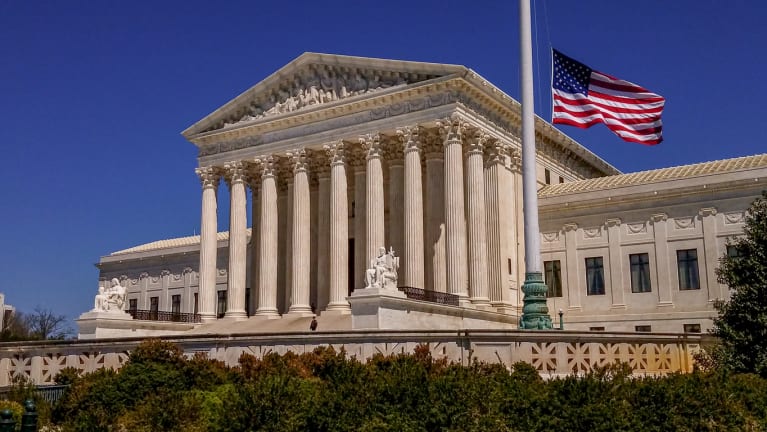
Sandra Day O’Connor, the first female Supreme Court justice, died Dec. 1 at the age of 93. She occupied a powerful role on the court in a number of employment law cases, including a significant sexual harassment decision. O’Connor, who announced her retirement in 2005 after nearly 25 years on the high court, often was the deciding vote. We’ve gathered articles on O’Connor and some of her most influential decisions from SHRM Online and other outlets.
‘Historic Trail’
Chief Justice John Roberts stated that O’Connor “blazed an historic trail” and approached challenges associated with being the first female Supreme Court justice “with undaunted determination, indisputable ability and engaging candor.” He said, “We at the Supreme Court mourn the loss of a beloved colleague, a fiercely independent defender of the rule of law and an eloquent advocate for civics education. And we celebrate her enduring legacy as a true public servant and patriot.”
(Axios)
Harassment Ruling
In Harris v. Forklift, O’Connor wrote the opinion deciding that individuals who sue their employers for sexual harassment do not have to prove they experienced psychological injury.
Pro-Choice Decision
In Planned Parenthood v. Casey, O’Connor parted from former Chief Justice William Rehnquist and was part of a 5-4 majority in affirming Roe v. Wade. Casey said women could have an abortion until the point of viability or when a fetus could survive outside the womb. The court ruled that states could not impose an undue burden on a pregnant woman’s access to abortion.
The decision, along with Roe, was overruled in June in Dobbs v. Jackson Women’s Health Organization, years after O’Connor left the court.
Opposition to ADEA Disparate Impact Claims
In Smith v. City of Jackson, which recognized disparate impact claims under the Age Discrimination in Employment Act (ADEA), O’Connor wrote a dissent arguing that the ADEA’s text, legislative history and purpose make clear that Congress did not intend to authorize disparate-impact age claims.
(ALM Law.com/The National Law Journal)
Opinions on Race-Based Benefits and Affirmative Action
O’Connor was also skeptical of government programs that allocated benefits on the basis of race and led the court in rejecting special provisions for racial minorities in government contracting in Adarand Constructors v. Pena.
However, she modified her position when it came to affirmative action in higher education admissions. Her opinion in Grutter v. Bollinger, a 2003 decision that upheld an affirmative-action admissions program at the University of Michigan Law School, acknowledged arguments made by corporate executives and retired military officers, who filed briefs in support of the program. “Affirmative action’s benefits are not theoretical, but real,” she wrote for the 5-to-4 majority, adding: “Effective participation by members of all racial and ethnic groups in the civic life of our nation is essential if the dream of one nation, indivisible, is to be realized.”
But on June 29, the U.S. Supreme Court voted, again years after she’d stepped down from the bench, to curb affirmative action in higher education in Students for Fair Admissions Inc. v. President and Fellows of Harvard College.
(The New York Times) and (SHRM Online)


